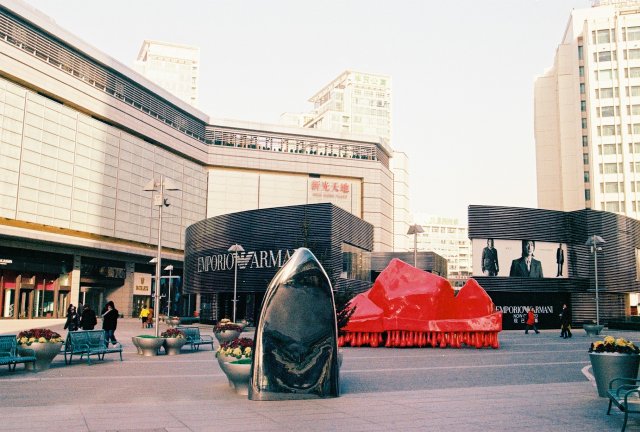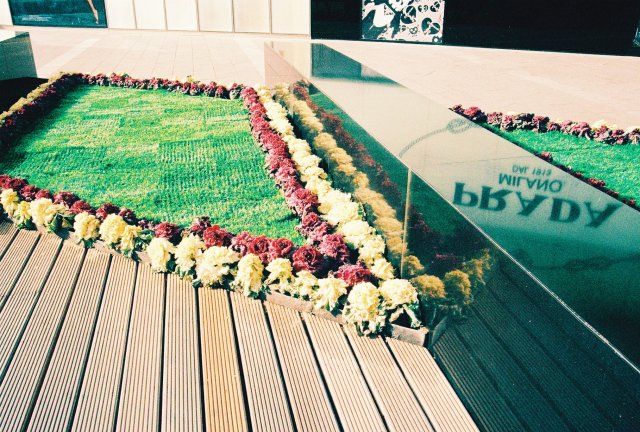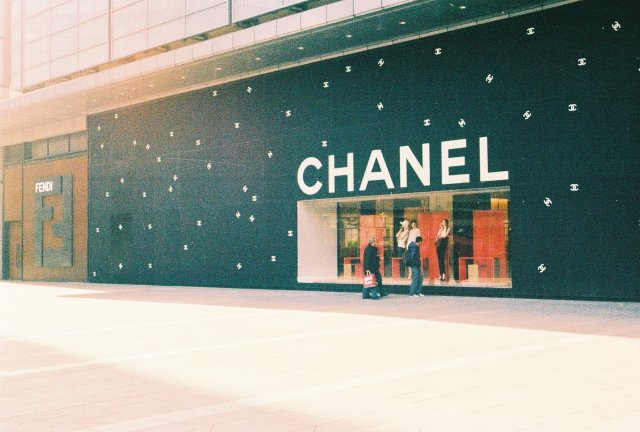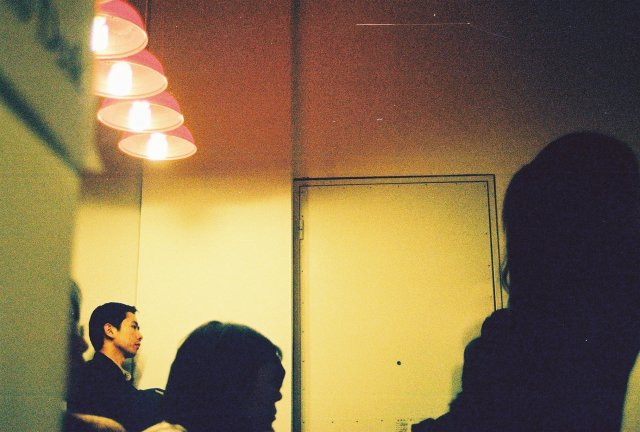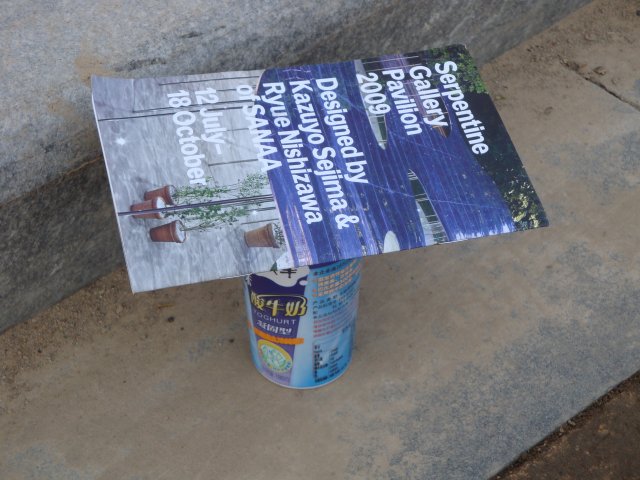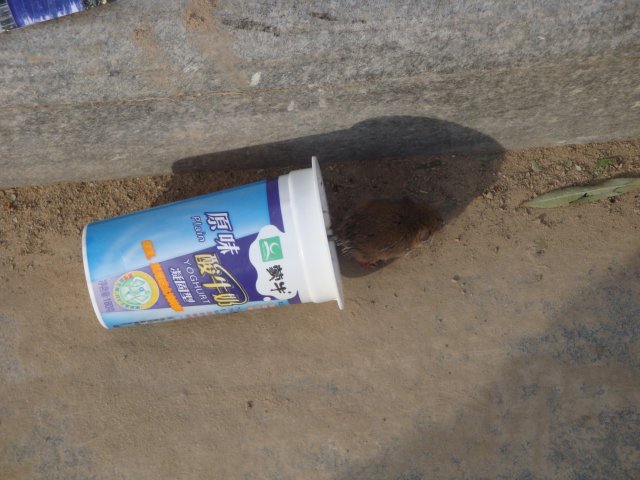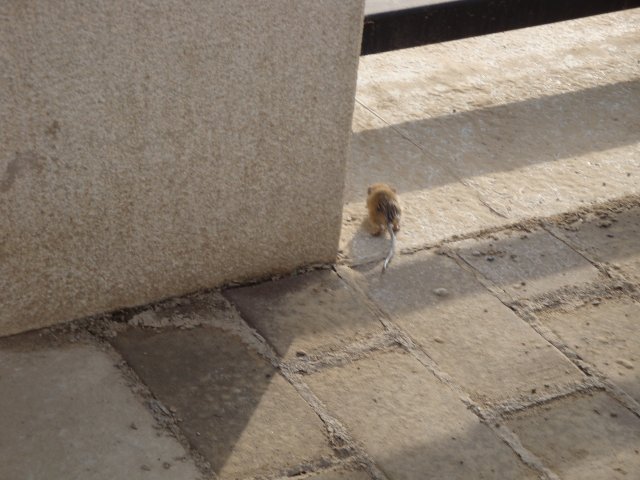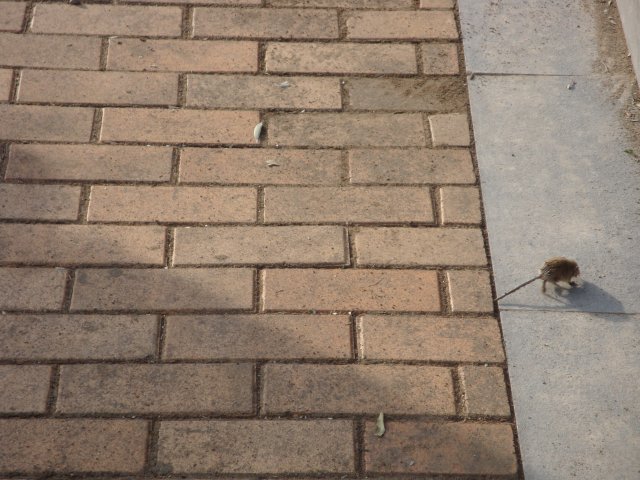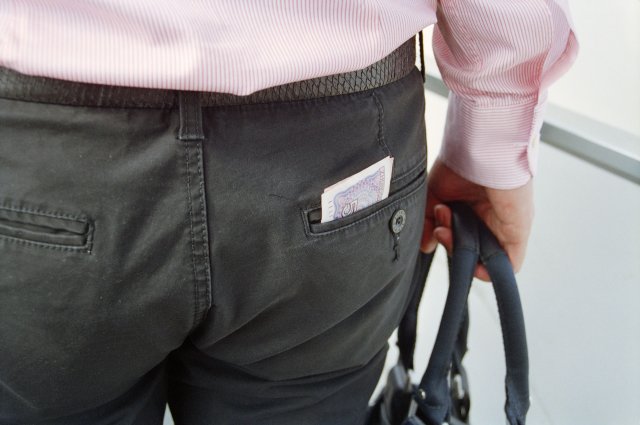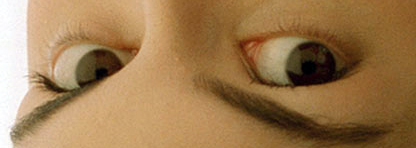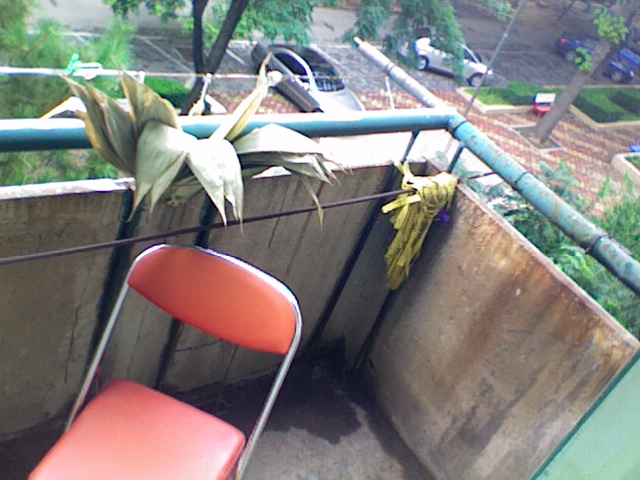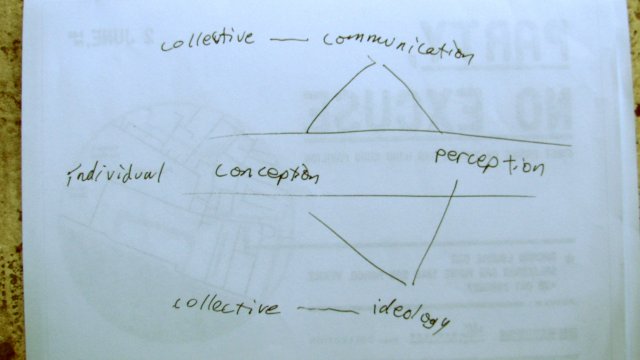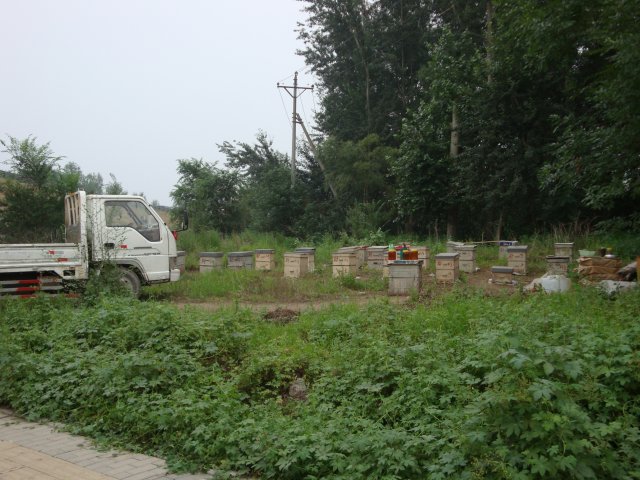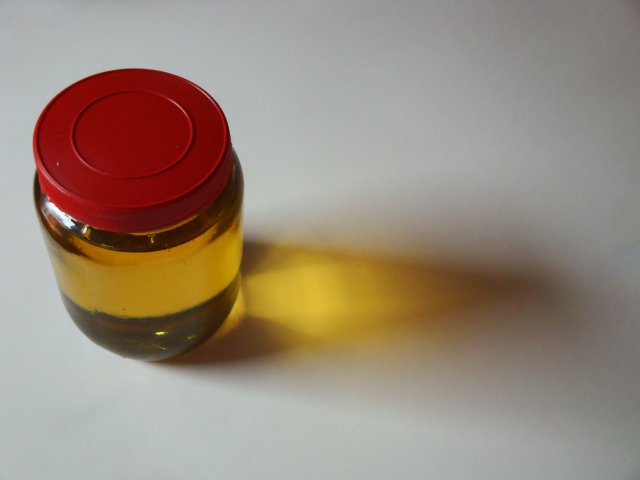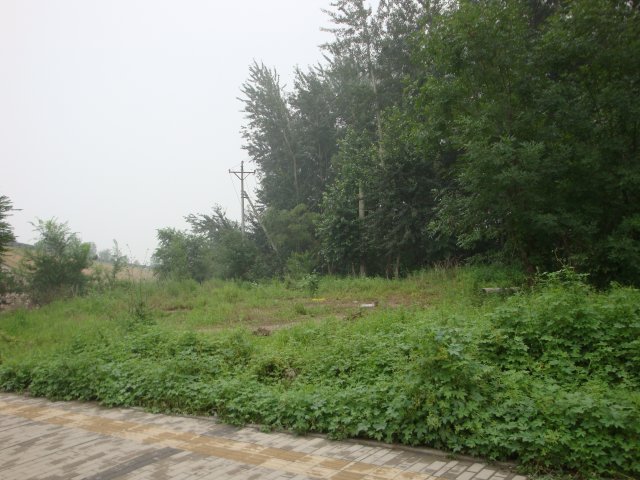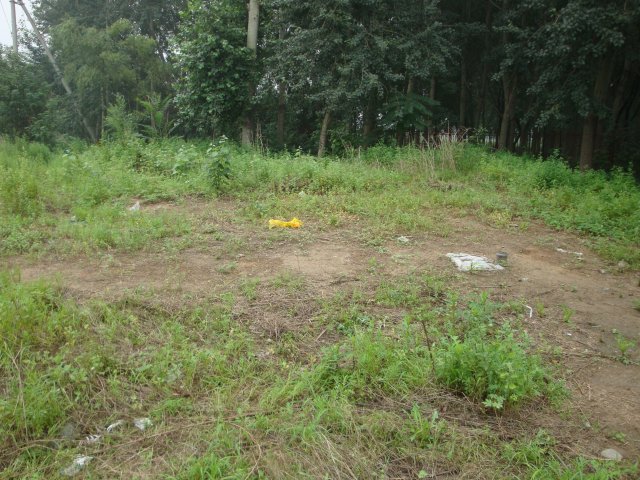Today I had a conversation with a visitor about dissemination and the space:
How is the artwork disseminated? Is there a permanent display of multiples here? 1)
Is this a space for artists or does it reach out to those outside of the community (ie. outreach)? 2)
What possibilities do young artists (in China) produce for themselves, and why might they not be undertaking “artist-initiated projects”? What possibilities do they see in the ways that older artists work? 3)
Is developing a different vocabulary for talking about art different from producing art differently, or creating a different type of system/going beyond the current boundaries? 4)
––––––––––––––––––––––––––
1) This depends on what is considered the art work, and also what is considered dissemination. Books are certainly able to be distributed; art works can also be, but this is also a delicate distinction, because we may not be talking about distribution in the same way (see note 4). Some activities, like the current lunch delivery project, take on distribution and extension as central aspects, but it is of course still limited to a small scale. The Internet must be recognized as a space where not just information and news but real artworks or at least parts of them are distributed. But this form of participation has its drawbacks, namely a surfeit of non-participation: the clicking of a button, the infantile acceptance of friendship, or at best a catty exchange on the comment board. However, I can acknowledge that dissemination, in the sense of re-distribution of power rather than of materials or information, is something to work on, and has a lot to do with note 2.
2) That’s a good question, but we should be cautious in assuming we know what a public is. We can see many examples of situations flush with visitors, “outsiders” or perhaps a community, but we both agree that this is not necessarily a community, not necessarily a context of sustainable engagement. The jobs of education departments of many museums are to produce awareness; larger galleries also have such wings; but then we wonder what the difference is between PR and education. Or perhaps the point is not about producing awareness, but producing a public; I brought up examples I know from the West, a certain understanding of the “pubic good” of culture, which is admittedly of historical origin. In Germany, the Kunstverein system is an example that sticks out in my mind of hybrid funding and support strategies, a mix of state- or city-money, an association composed of membership and private sponsors (in Frankfurt where I lived this was of course the job of the banks), and this scheme comes from a bourgeois tradition and appreciation of new and free culture. In Canada, where I am from, there is a system of artist-run-centres that date to the political activism of artists in the 1960s and 1970s—this is not to say that Canadians inevitably think of these institutions as political, but the origins are in such a context. Both of these are examples of institutions that are officially dedicated to experimental, contemporary culture, backed by at least a certain amount of political will. I am no expert, but I have read theories of others (for example the sociologist Wang Jing) who state that there is no middle-class tradition established here. Does this mean that the situation is “pre-bourgeois,” that we are waiting for such a tradition to develop here, from rapid economic development? Perhaps from an urban planner’s imagination this would be one explanation. But still we haven’t cracked that nut of what the “public” is. One way to consider space is as a form of production, and that the public begins in the interactions between those involved, therefore leaving the reception as a suspended question, like the act of writing. Perhaps waiting for the ‘star friend’ to arrive sounds pretty smug as an institutional protocol, but maybe we also take for granted what we expect from so-called institutions, and the degrees of personal responsibility can be the basis for a judgment (for example, whether it seems like the outcome of an ideosyncratic decision of one in power, or an expression of a necessity, is to be decided case-by-case). That’s the ideology, anyway: if it doesn’t scare them away, then it will inspire them.
3) I don’t know what younger artists see as a possibility within the current structure here, and I assumed that to a certain extent this is from my ignorance of the particularities of what one can aspire to. How I had answered was that many might see that money can be made within this current system, so why would a new one be invented. This may seem like a cynical response, but actually it is not based on a judgmental attitude, but rather “realism”; however I have no proof it is even true. Surely there are some initiatives and individuals that are exceptions to my generalization. But this problem is not locally-bound to the exaggerations of Beijing’s cavernous studio industry. Institutional constraints happen to exist in every system, from the forgetfulness of the reason for production in the case of ample funding, the bureacratization of artistic approaches in public funding situations, or artists being used by projects state-funded to stage expressions of national identity, to the philanthropy of private companies instrumentalizing art for its good image, to the romanticization of the reality of working under repression.
4) My language takes on the slipperiness of uncertainty at times because it seems that I am in unfamiliar territory. Some things have been overcome, like an earlier aversion to the word “creativity”, which carries with it the baggage of today’s quasi-culture of yeah yeah yeah, which rarely attempts to critically pinpoint; but criticism too clearly understood can become such a patently-obvious defender of the public good that it can overlook possibilities of loosening grip—for example loosening the grip and purview of the term creativity to allow things from “outside” to enter (though from a loosened perspective the inside and outside mean less and less). Another example, the word “distribution” can also mean selling a piece, which can confuse our association of distribution in its central concern to, say, conceptual art, and its at-the-time assumption of democratizing art’s reception and participation. In fact this is not a contradiction, though it can seem so when we look at old black and white photographs of conceptual artists (Alexander Alberro has described how marketing entered very early into conceptual art’s self-definition), and this association is probably oriented on a Western set of priorities. But how can distribution continue to be something interesting, part of the work, part of the work’s problem; this may be a more useful way to think about it. A final example, calling a space the shop may seem like a twisting of the vocabulary while maintaining the structural uniformity of art spaces (though I think that if one were to look at the activities of the space, this might not be so self-evident; I think this has a lot to do with note 2 as well). Words can sometimes point to the distance between their own received definitions and the situations in which they are used; it is and it isn’t. On this question of language I feel a certain ambivalence, because on the one hand I want to eliminate the holding of tongues or the idea that one must project positivity or success, but on the other hand the proper language doesn’t exist. Something between a belief in these personal investments and pet-terms, and their confrontation with the widely circulated and comprehended emancipation-speech (the keywords that will unlock one’s position in the field) may be where the meaning occurs. Admittedly, this third-way idea is by now a rhetorical old-chestnut.
Response from the visitor:
2- it’s kind of sad to face the actuality here as we are trying to identify the common ground of ‘public’ in order to proceed with this discussion. you brought up something very important as the difference between PR and education and the subsequent approach to take to produce the according public. to be specific, the type of outreach i am talking about here is more like creating a space for the exchange of experience. in that sense, the idea of public is a loose definition and the expected outcome is random. if we try to relate the public to certain class of the society, inevitably the line between PR and education blurs.
3) heheheh, i tried to search for any missing scenario of institutional constraints besides the ones you listed here and could not think of any more. i guess the initiative i am talking about here is the mentality of overturning the conventional interpretation of certain situation and come up with a new concept to cope with it. as for what can be built on top of this process of conceptualizing, it depends on the situation. of course in reality it is way more complicated than a simply generalized sentence. i remember you brought up the word ‘cultural blindness’ last time. same word can be applied here i guess, in relation to the way of interpreting a relevant past and applying to the current.
4- i have to admit that the confusion of mine triggered me to ask this question was from the way i posit the priority of the space. once i connect the priority to the nature of the space, i was able to re-examine my question in a more proper context and to shift my focus from the execution to the theoretical level. how can theoretical significance overcome the somewhat mismatch execution and reveal itself with a more balanced assistance? i guess that is something we all want to explore.
